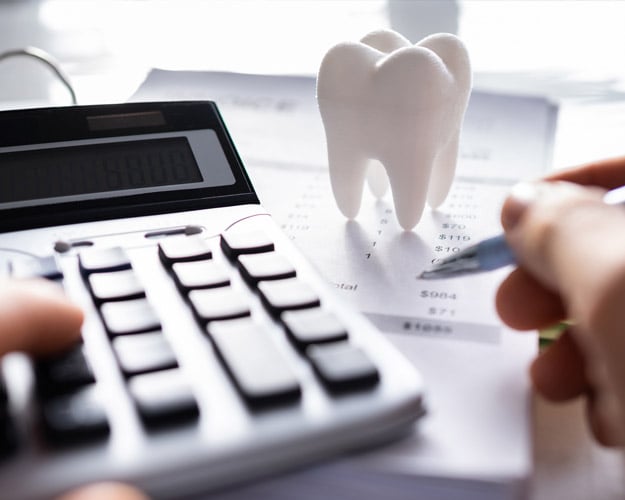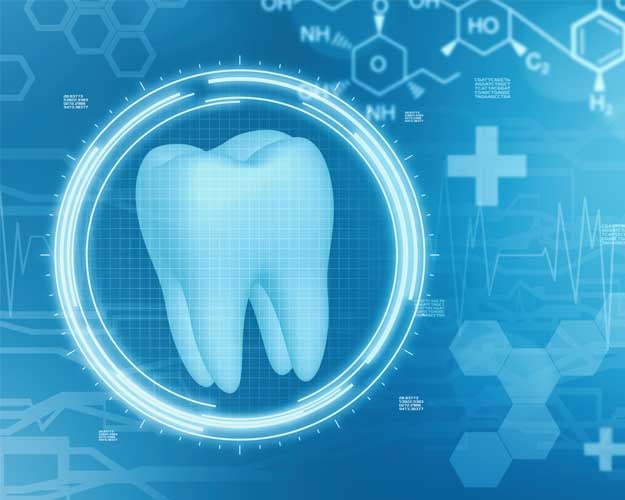
Dental Practices
When you’re running a dental practice, your patients are your primary focus.
There is so much to consider when operating a dental practice. This includes staff recruitment, retention, and development along with growth, expansion, and innovation.
When you partner with our dental team, you can rest assured you’re working with advisors who are experienced in the industry. We understand what it takes to maintain business operations and pursue growth as a dentist and CEO, even as industry and patient expectations change. We can assess your operations and identify opportunities to improve efficiency, so you can manage costs while enhancing patient care.
What We Offer
- Contract CFO and Controller Advisory Services
- Cost Segregation and Energy Credit Studies
- Bookkeeping and Payroll (link to Business Outsourcing & Strategy)
- Cybersecurity
- Data Analytics & Business Intelligence
- Fraud & Forensic Advisory
- Tax Strategy and Preparation (link to Tax Consulting)
- Practice Purchase and Sales Advisory (link to Transaction Advisory)
- Wealth Transition Services
Unlock the full potential of your dental practice

We focus on the business of your healthcare organization so you can focus on your patients.
Speak to our specialistsOur Team is a Proven Leader in the Industry
We have a strong track record of helping dental groups and practices nationwide.
- 700+dental clients nationwide, including large dental groups and DSOs
- Top20CPA firm in the nation
We handle the business of your dental practice so you can focus on your patients.
Latest Thinking
Stay up to date on Healthcare contentSubscribe
WHAT OUR CLIENTS SAY
Working with Eide Bailly has given us the confidence to navigate complex financial decisions and grow faster than we ever would’ve been able to alone. Their proactive approach and strategic insights have been invaluable.
Dwight Peccora, DDS
Managing PartnerDDS Partners Management PA
Wherever you are in your organization’s journey—Eide Bailly can help.
Our team has the expertise to help optimize and grow your dental practice.
Dental Practices Leadership

Scott HabermanCPA
Partner
Scott partners with closely held companies in healthcare, real estate, manufacturing and professional services, helping them navigate the operational and tax implications of their business goals. He has also worked with a number of Fortune 100 companies and has a firm grasp on tax strategies appropriate for many business structures.

